Doepfer A-143-1 Handleiding
Doepfer
Niet gecategoriseerd
A-143-1
Bekijk gratis de handleiding van Doepfer A-143-1 (8 pagina’s), behorend tot de categorie Niet gecategoriseerd. Deze gids werd als nuttig beoordeeld door 61 mensen en kreeg gemiddeld 4.0 sterren uit 31 reviews. Heb je een vraag over Doepfer A-143-1 of wil je andere gebruikers van dit product iets vragen? Stel een vraag
Pagina 1/8

DOEPFERDOEPFERDOEPFERDOEPFER System A-100 Quad AD/LFO A-143-1
1
Fig. 1: A-143-1 Controls, Inputs and Outputs
1. Introduction
Module A-143-1 contains four independent Attack/Decay
generators. When the module is used as a complex
envelope generator, then two, three or four units are daisy-
chained, i.e. the preceding unit triggers the following unit.
But the four units can be used even as four separate AD
generators (mode switch in position AD) or free-running AD-
type LFOs (mode switch in position LFO). The LFO mode
differs in several points from a regular LFO (e.g. A-145, A-
146 or A-147), as the slopes are exponential - in contrast to
linear slopes of a normal LFO. In addition the frequency is
defined by both controls, as the attack control defines the
duration of the rising slope, while the decay control defines
the duration of the falling slope.
Each unit has available a comparator that compares the AD
output voltage against a manually adjustable threshold and
turns on the corresponding comparator output as soon as
the AD output voltage goes below the threshold level during
the decay phase. The comparator outputs are normalled to
the trigger inputs of the following stage via the switching
contacts of the trigger input sockets. Consequently the first
unit triggers the second, the second triggers the third and so
on (and the last unit triggers the first one).
Each AD/LFO unit also offers a polarizer control. This allows
adding or subtracting all AD/LFO signals to the mix output
with adjustable level. Additionally each unit features a single
envelope output and a digital “End Of Attack (EOA)” output,
that indicates the end of the attack phase.

Quad AD/LFO A-143-1 System A-100 DOEPFERDOEPFERDOEPFERDOEPFER
2
2. Basic Principles
Fig. 2 shows the basic function of each unit:
Fig. 2: Basic function
The positive edge of the trigger input starts the envelope
signal and resets the “End of Attack (EOA)” output. The time
for the rising slope of the envelope is defined by the Attack
control. As soon as the maximum value (about +8 V) is
reached, the EOA output is set to “high” and the decay state
begins. The time for the falling slope of the envelope is
defined by the Decay Control.
The threshold setting defines the behaviour of the
Comparator output (Cp Out). This output turns “low” as soon
as the level of the envelope signal exceeds the threshold
level. Otherwise it’s high.
Both digital outputs EOA and Cp Out can be used to trigger
other A-100 modules or other units of the A-143-1.
The retrigger behaviour of the A-143-1 is different compared
to other envelope generators. During the rising slope of the
envelope (attack phase) the envelope cannot be retriggered
or reset. And during the falling slope (decay phase) the
direction changes if a trigger signal appears (changes from
decay to attack state).
Fig. 3: Retrigger behaviour

DOEPFERDOEPFERDOEPFERDOEPFER System A-100 Quad AD/LFO A-143-1
3
Provided that the trigger inputs are not patched the four
units are daisy chained via the comparator outputs (Cp Out)
as they are normalled via the switching contacts of the
trigger input sockets, i.e. each unit is triggered by the Cp
output of the preceding unit. Fig. 4 shows both the
behaviour of the module in the default state (complex/multi-
state LFO) and with a trigger signal applied to trigger input 1
(complex envelope generator).
The rising edge of triggers the unit 2, the rising edge ofCp1
Cp2 triggers the unit 3 and so on. The example uses
different Attack, Decay and Threshold settings for each unit.
At the bottom of the picture two possible mixes are shown:
For the first mix all envelope signals are added up with the
same level and polarity (+1), i.e. all polarizer controls are in
the fully clockwise position. For the second mix the
level/polarity is +1 for the units 1 and 4, and –1 for the units
2 and 3, i.e. the polarizer controls of unit 1 and 4 are fully
clockwise and the polarizer controls of unit 2 and 3 are fully
counter-clockwise.
The dashed lines at the right end of the mix graphs are valid
if the module is in the cyclic mode, i.e. if the comparator
output 4 is normalled to the trigger input 1 (i.e. default
without external trigger signal). The permanent lines are
valid if an external trigger signal is used to trigger unit 1 (i.e.
the daisy chain is interrupted at trigger input 1).
Fig. 4: Complex envelope generator / LFO
Product specificaties
| Merk: | Doepfer |
| Categorie: | Niet gecategoriseerd |
| Model: | A-143-1 |
Heb je hulp nodig?
Als je hulp nodig hebt met Doepfer A-143-1 stel dan hieronder een vraag en andere gebruikers zullen je antwoorden
Handleiding Niet gecategoriseerd Doepfer

31 Maart 2024

8 Juli 2023

6 Juli 2023

4 Juli 2023

3 Juli 2023

3 Juli 2023

2 Juli 2023

2 Juli 2023

30 Juni 2023

30 Juni 2023
Handleiding Niet gecategoriseerd
- BlueDri
- Auto Joe
- Burris
- Scale Computing
- Timbersled
- Adax
- Simrig
- MotorScrubber
- Entes
- Guide
- Xlyne
- Lindell Audio
- CaterCool
- RetroSound
- IMC Toys
Nieuwste handleidingen voor Niet gecategoriseerd
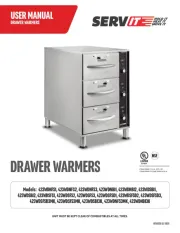
18 September 2025
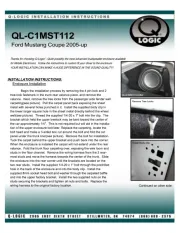
18 September 2025
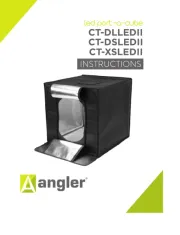
18 September 2025
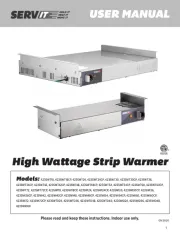
18 September 2025
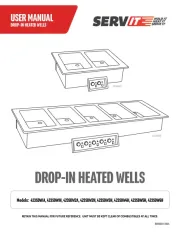
18 September 2025
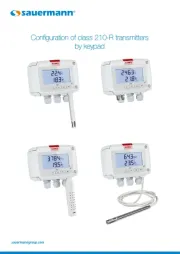
18 September 2025
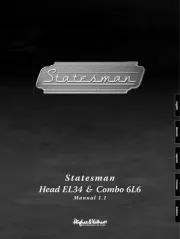
18 September 2025

17 September 2025

17 September 2025

17 September 2025